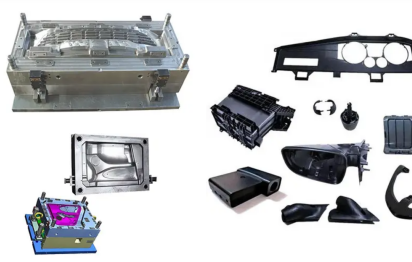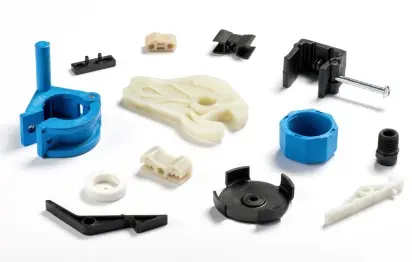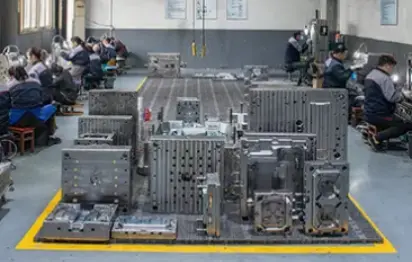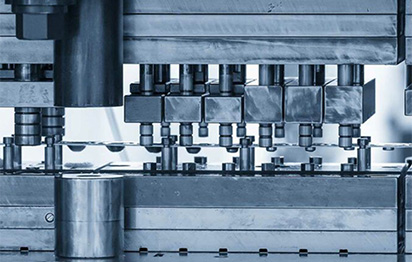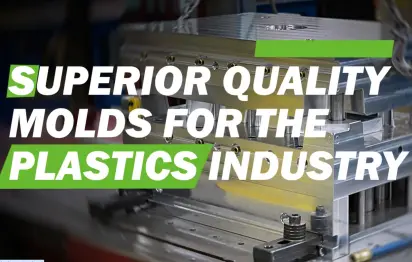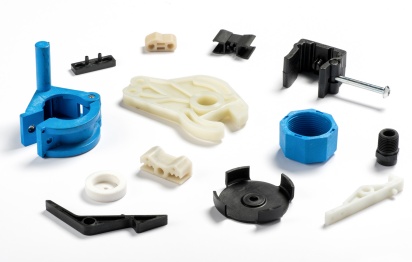The importance of temperature control in injection molding
Injection Molding is a widely used manufacturing process in which molten material is injected into a mold to form a desired shape as it cools and solidifies. This process is utilized in various industries to produce a wide range of products, from automotive components to consumer goods. However, the success of injection molding heavily relies on the precise control of temperature throughout the process. In this blog, we will delve into the importance of temperature control in injection molding, exploring its impact on product quality, molding efficiency, cost control, surface appearance, production cycle time, and material properties.
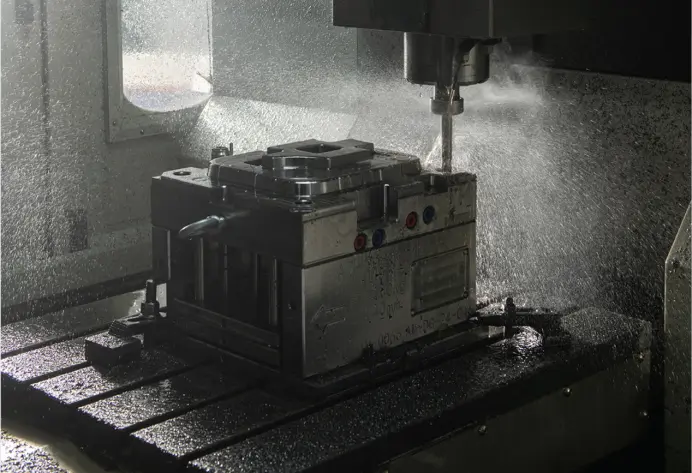
Product Quality
Temperature control is a critical factor that significantly influences the quality of Injection Molded parts. Poor temperature control can lead to a myriad of issues, including inaccuracies in mold filling, impaired surface finish, and reduced surface gloss. These problems directly affect the overall quality of the final product, leading to defects that can undermine its performance and durability. Therefore, meticulous temperature control is essential to ensure the integrity and consistency of injection molded parts, ultimately upholding the standard of product quality.
Molding Efficiency
Efficient mold temperature control is pivotal in stabilizing the surface temperature of the mold, thereby enhancing the flow characteristics of the plastic material. By ensuring uniform flow within the mold cavity, temperature control minimizes shrinkage and deformation during the injection molding process. This not only contributes to the overall quality of the product but also improves production efficiency by reducing the need for rework and improving the consistency of molded parts.
Cost Control
Optimized temperature control directly affects cost management in injection molding. It has been demonstrated that temperature control influences quality attributes, such as surface appearance and uniform shrinkage, which are crucial for achieving the desired product aesthetics and dimensional stability. By maintaining precise temperature control, manufacturers can mitigate the risk of defects and inconsistencies, ultimately reducing the need for costly rework and enhancing overall cost-effectiveness in the production process.
Surface Appearance
The surface appearance of injection molded parts is intricately linked to mold surface temperature. A uniform mold surface temperature is essential for facilitating the optimal formation of the molten material, resulting in a superior surface finish. Moreover, temperature control directly influences the shrinkage behavior of the material, with rapid solidification hindering crystallization and minimizing shrinkage. Deviations in mold temperature distribution can lead to variations in shrinkage, thereby impacting the dimensional stability and aesthetic appeal of the final product.
Production Cycle Time
In addition to product quality, production cycle time and associated costs are significantly influenced by mold temperature control. The cooling process is a critical stage in injection molding, as the mold must reach the demolding temperature before the product can be removed. Inadequate temperature control can lead to uneven cooling, prolonging the cycle time and increasing production costs. Therefore, precise temperature control is essential for optimizing production cycle times and enhancing operational efficiency.
Material Properties
The influence of temperature control extends to the properties of the material being molded. Each type of plastic and plastic part has a specific mold surface temperature limit, beyond which undesirable effects, such as component flashing, may occur. Higher mold temperatures can result in slower flow, affecting the injection flow control valve and potentially leading to increased pressure in the runner and cavity. Therefore, meticulous temperature control is crucial for preserving the desired material properties and ensuring consistent product quality.
Influence of Crystalline Plastics
For crystalline plastics, mold temperature plays a crucial role in influencing the behavior of the melt within the mold cavity. Higher mold temperatures result in slower cooling of the melt, allowing for prolonged relaxation of resin molecules and reduced orientation. This, in turn, promotes crystallization and results in a larger shrinkage rate. Therefore, precise temperature control is essential for managing the behavior of crystalline plastics and ensuring the dimensional accuracy of the final product.
In short, temperature control is a fundamental aspect of injection molding, with far-reaching implications for product quality, production efficiency, cost management, surface appearance, production cycle time, and material properties. By prioritizing meticulous temperature control throughout the injection molding process, manufacturers can uphold the integrity of their products, optimize production efficiency, and achieve cost-effective manufacturing outcomes. As such, temperature control stands as a cornerstone of excellence in injection molding, underpinning the quality, consistency, and competitiveness of the products produced through this versatile manufacturing process.







